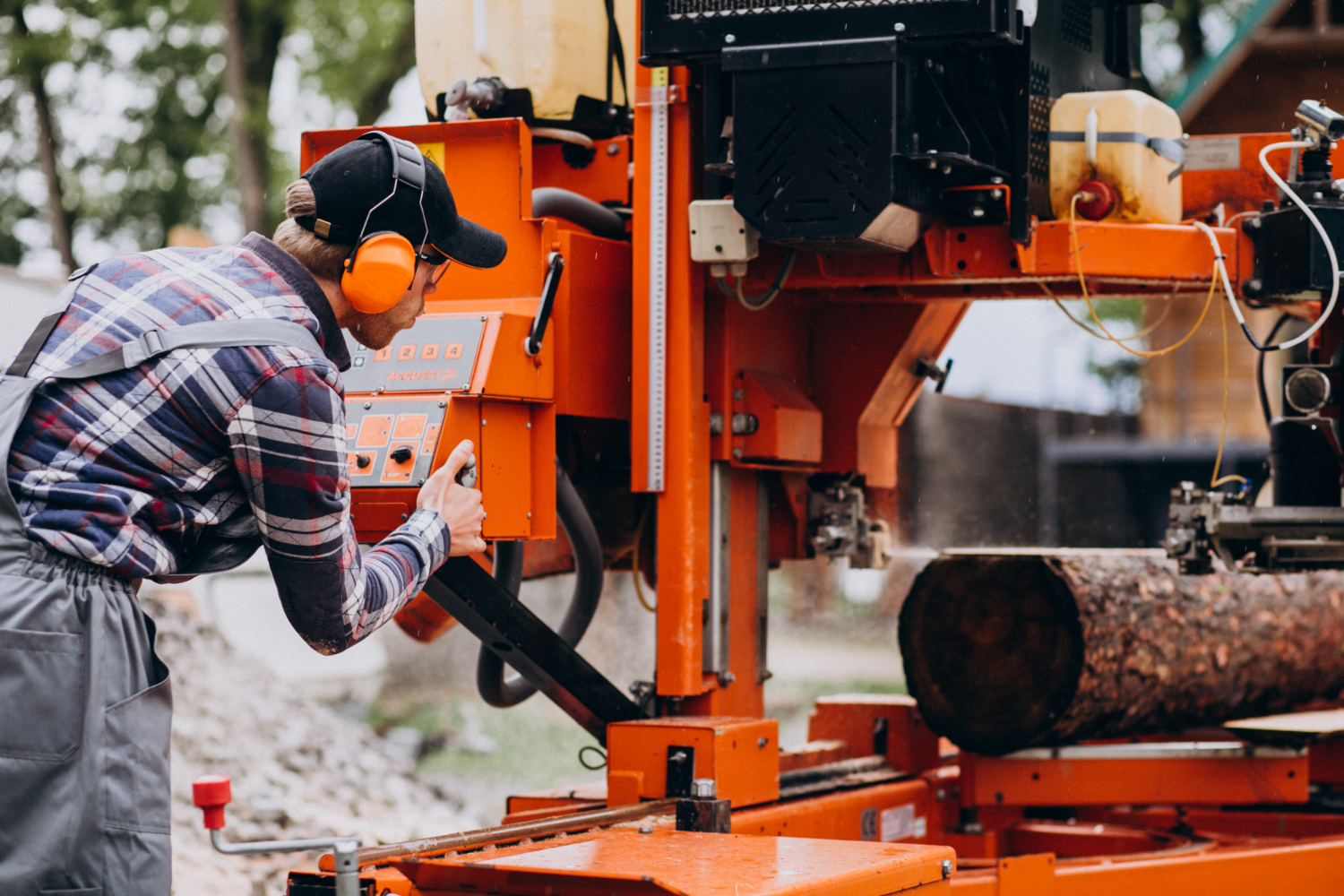
Key Takeaways:
- Understanding the potential risks associated with stump grinding
- Essential safety gear and precautions
- Steps to prepare your property before stump grinding
- Proper operation of stump grinding equipment
- Tips for post-grinding cleanup and maintenance
Understanding the Risks of Stump Grinding
Stump grinding is a crucial part of lawn and garden maintenance but comes with risks. The machinery involved is powerful and can be dangerous if not used correctly. Accidents may cause significant property damage or serious injuries. Adhering to safety procedures strictly reduces these dangers. Consider hiring stump grinding services for professional and safe stump removal when in doubt.
According to the Consumer Product Safety Commission, many injuries resulting from improper use of outdoor power equipment occur annually. These numbers demonstrate the significance of taking safety seriously.
Essential Safety Gear and Precautions
Numerous stump grinding injuries can be avoided using the appropriate safety equipment. Steel-toed boots to protect your feet, heavy-duty gloves to shield your hands, and protective eyewear to shield you from flying debris are important. Furthermore, stump grinders generate significant noise levels that over time can harm hearing, thus wearing ear protection is essential. An additional degree of safety can be added by wearing a well fitted helmet to shield your head from falling branches or debris.
Examining your equipment before use is also essential. Verify that every guard is installed and operating as intended. Also, verify that the grinder’s teeth are sharp and not worn down, as dull teeth can cause mishaps.
Preparing Your Property
Before starting the stump grinding process:
- Clear the area of any obstacles, including rocks, sticks, and other debris that could cause the grinder to jam or throw objects.
- Mark any hidden utilities, such as gas lines or irrigation systems, to avoid damaging them during grinding.
- Ensure no bystanders are in the work zone, especially children or pets, as they can be injured by flying debris or the grinder itself.
Operating Stump Grinding Equipment
Starting and Positioning the Grinder
Begin by positioning the stump grinder correctly. Ensure it is stable on the ground to prevent tipping or shifting during operation. Start the grinder according to the manufacturer’s instructions, keeping a firm grip on the handles for better control. Gradually lower the grinder onto the stump, allowing it to begin working at a manageable depth.
Grinding the Stump
Move the grinder from side to side while operating it slowly and gently to grind the stump evenly. Refrain from pushing the grinder or hurrying the procedure, which can lead to overheating or self-damage. Take breaks to keep the machine from overheating and to keep its energy levels up. To ensure the stump does not grow back, it should be ground down to four to six inches below the soil’s surface.
Post-Grinding Cleanup and Maintenance
Once grinding is complete, collect the wood chips and decide whether to dispose of them or use them as mulch in your garden. Mulching can help retain soil moisture and suppress weeds, adding an eco-friendly touch to your garden maintenance. Then, examine the area for any remaining roots or debris that may pose a hazard.
After that, there is the stump grinder itself to maintain. To extend its lifespan, make sure the machine is completely clean and free of dirt or wood shavings. Before storing the apparatus, examine the grinder’s teeth and other elements for wear and tear and replace any damaged ones. With regular maintenance, the grinder will continue to function well for upcoming tasks.
